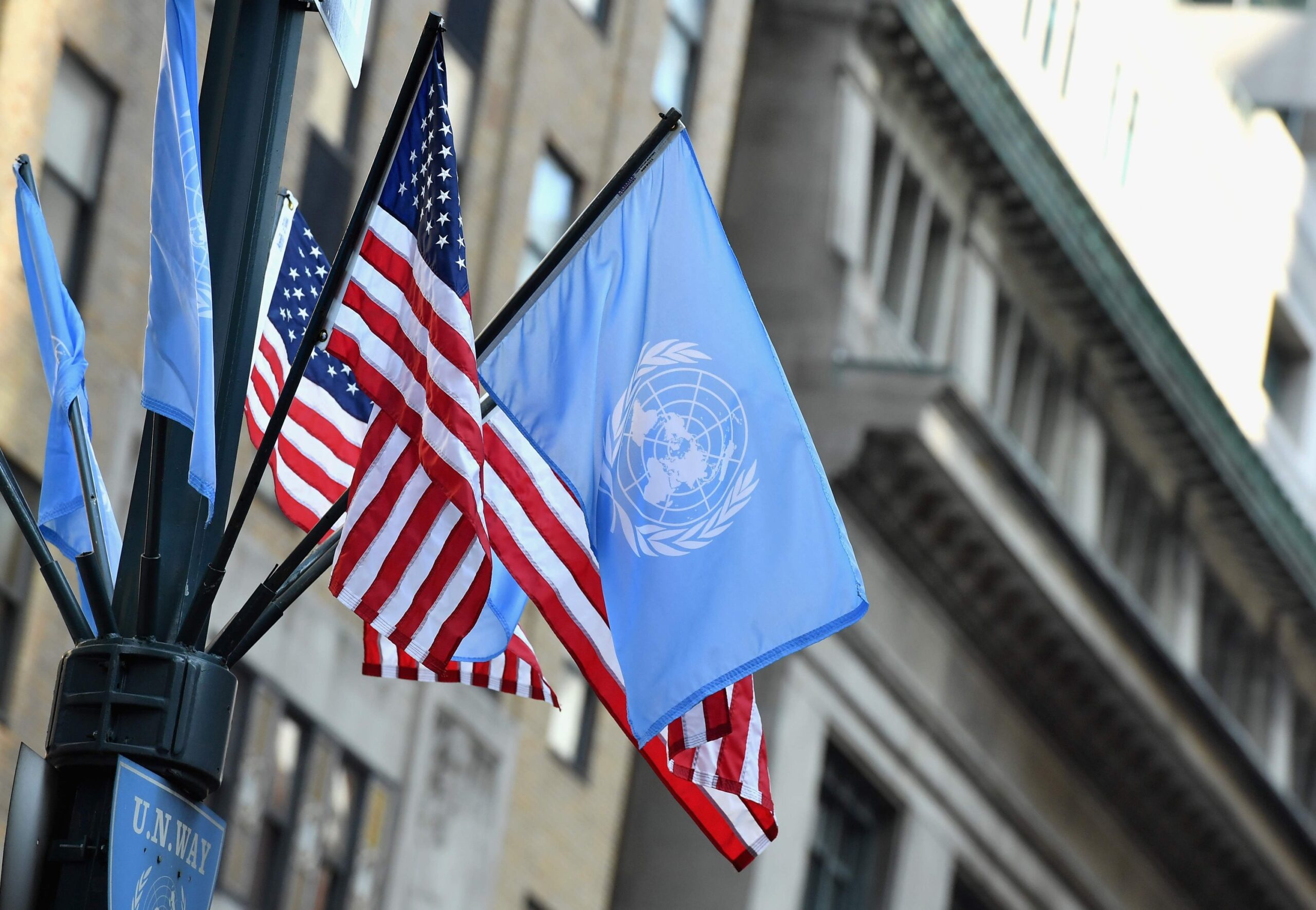September: The Month for Food Safety and Zero Hunger
September is a double-action month for SDG2: Zero Hunger. This month is both Food Safety Education Month and Hunger Action Month. Many people have already joined in the effort to raise awareness about food safety, hunger, and food security this month. If you haven’t heard about the themes of this month or haven’t participated yet, keep reading below to learn something new and see how you can join the zero hunger movement!
Food Safety Education Month
The purpose of National Food Safety Education Month is to raise awareness about food safety tips that can help prevent food poisoning and foodborne illnesses. There are four key steps that we can all take to ensure our food is clean and safe to eat: clean, separate, cook, chill.[1]
- Cleaning means washing our hands, utensils, and surfaces on which we cook.[2]
- Separating means to separate raw meat, such as chicken, turkey, beef, seafood, and eggs, from cooked food and fresh produce. This ensures that there is no cross-contamination and that germs do not spread.[3]
- Cooking means ensuring that foods are cooked at appropriate temperatures. This can be done by using a food thermometer or the heat settings on kitchen appliances. The key is to make sure that the heat reaches a temperature that kills germs.[4]
- Chilling means refrigerating any perishable food items and leftovers within 2 hours of being cooked. If the food is exposed to temperatures above 90° F, which can happen if it is left in a hot car or outside in the sun, then it must be refrigerated after 1 hour of being left out.[5]
Additionally, certain groups are at a higher risk of contracting food poisoning and experiencing severe illness, including adults aged 65 and older, children younger than 5, pregnant women, and individuals with weakened immune systems (those with diabetes, HIV, alcoholism, liver disease, or kidney disease).[6]
Who is the main culprit?
Salmonella! According to the CDC, Salmonella is the cause of most foodborne illnesses in the United States – more than any other bacteria. For food purposes, it is important to know that Salmonella is found mostly in chicken, but it can also be found in ground beef. Pay extra attention to the four steps for food safety when dealing with foods that contain Salmonella, especially raw meats![7]
Why is this important?
The CDC estimates that, every year, 1 in 6 Americans get sick from food poisoning. That’s 48 million people! In addition, 128,000 Americans are hospitalized for and 3,000 Americans die from preventable foodborne illnesses every year.[8]
How do I know if I have food poisoning?
While it is impossible to say that you definitely have food poisoning if you have these symptoms, these are typical signs to look out for: diarrhea, vomiting, upset stomach, and/or nausea.[9]
If you experience any of the following symptoms, you may have severe food poisoning and should contact your healthcare provider immediately:[10]
- Diarrhea and a fever higher than 102 F.
- Diarrhea for more than 3 days that is not improving.
- Bloody diarrhea.
- Excessive vomiting (you cannot even keep liquids down) that could lead to dehydration.
- Dehydration symptoms, including dry mouth and throat, dizziness when standing up, and not urinating enough.
Hunger Action Month
Tens of millions of people in America must make the difficult choice between paying for food, medicine, housing, childcare, and other necessities. Food, though, should not be a difficult choice, and no one should be hungry! Join in the movement this September by participating in Hunger Action Month.[11]
How? Here are 6 ways to help end hunger in your local community:[12]
- Take the pledge to help end hunger.
- Learn and share the latest hunger facts.
- Fundraise for Hunger Action Month.
- Become a food bank or food pantry volunteer.
- Donate to Feeding America or your local food bank.
- Tell our lawmakers to support strong federal food assistance programs.
Information and awareness are two of the most important ways to help end hunger. Research facts about hunger worldwide and locally, search for food banks in your community, and share these hunger facts and volunteer opportunities with your friends and family or on your social media accounts! You can also start a fundraiser for Feeding America or any other food bank for your birthday or the holidays and tell people to donate to your fundraiser as your present! Finally, wear orange this month and post about it on social media, as orange is the color of hunger.[13]



